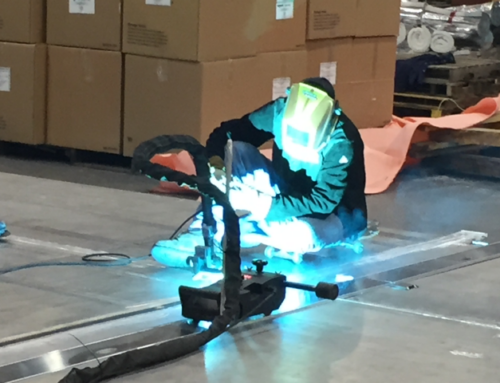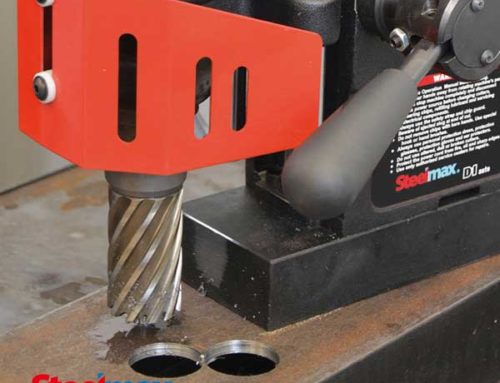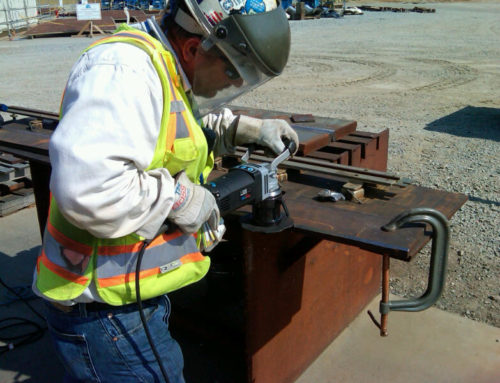Los procesos de soldadura totalmente automatizados son geniales y divertidos de ver. Los robots aparentemente desatendidos que ejecutan su danza preprogramada pueden ser fascinantes, pero muchos procesos no son adecuados para ser totalmente automatizados. Los robots pueden ser estupendos para la producción de gran volumen y baja variabilidad, pero cuando la mezcla de productos es de menor volumen y alta variabilidad, los robots rara vez son la solución. En estos casos, los procesos sencillos de soldadura mecanizada han revolucionado el sector de la soldadura y han aportado numerosas ventajas con respecto a los métodos de soldadura tradicionales.
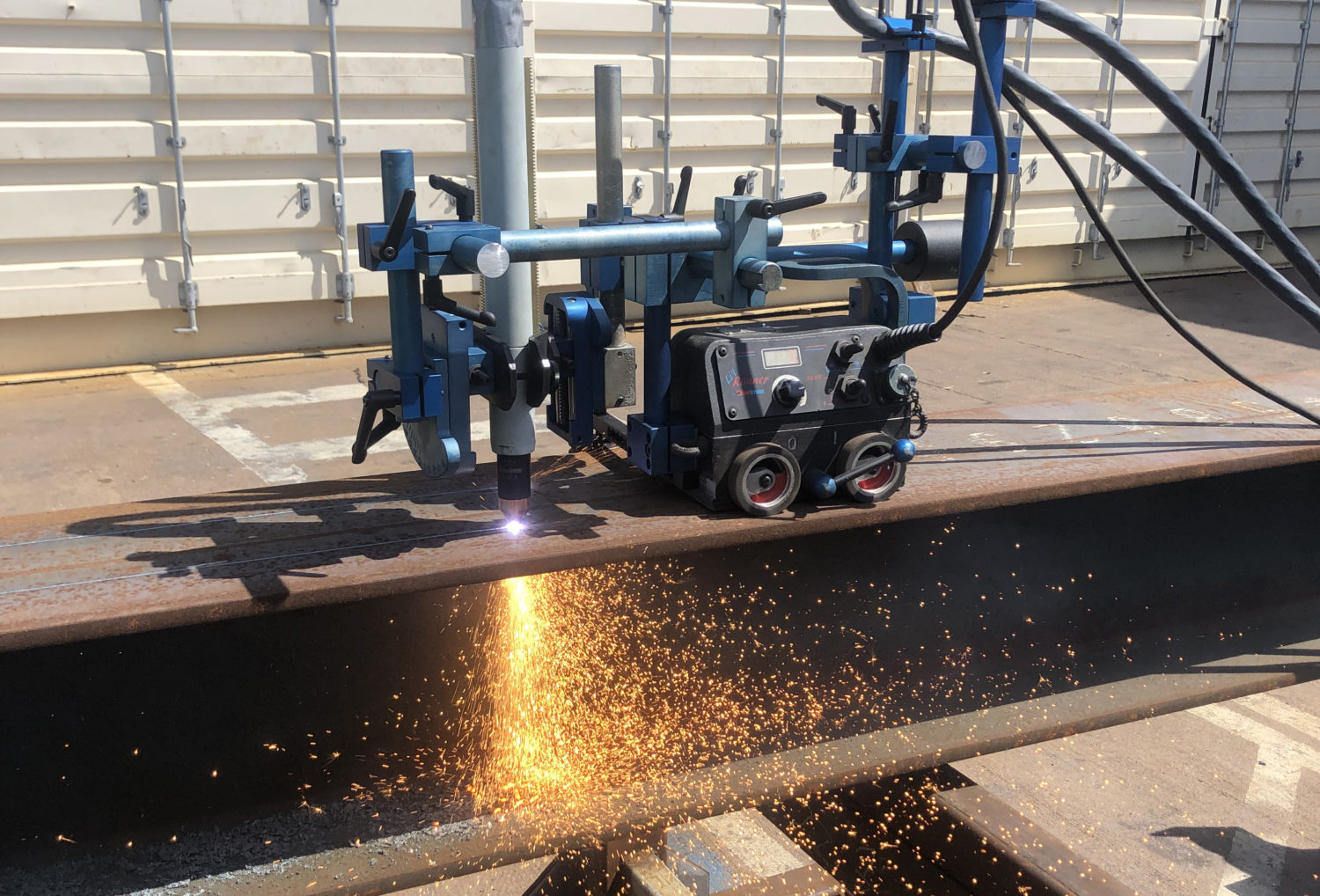
Estas son algunas de las principales ventajas de utilizar procesos de soldadura mecanizados:
- Mejora de la calidad y consistencia de la soldadura: Los procesos de soldadura mecanizada son muy precisos y uniformes, lo que da lugar a soldaduras de mayor calidad con menos defectos. Esto se traduce en un producto final más resistente y duradero y reduce la necesidad de costosas inspecciones y reparaciones posteriores a la soldadura.
- Productividad incrementada: Los procesos de soldadura mecanizada pueden producir un gran número de soldaduras de alta calidad en menos tiempo en comparación con los métodos de soldadura tradicionales. Este aumento de la productividad ayuda a las empresas a cumplir los plazos y reduce los costes de producción.
- Mayor seguridad: Los procesos de soldadura mecanizados permiten al operario controlar el proceso de soldadura en
distancia del arco de soldadura, lo que reduce el riesgo de lesiones para el soldador. Además, dado que el sistema de soldadura se desplaza hacia la pieza en lugar de al revés, se reducen el tiempo y los gastos de manipulación del material, al tiempo que se mejora la seguridad en el taller.
- Flexibilidad: Los procesos de soldadura mecanizada se configuran fácilmente y pueden reconfigurarse con rapidez para su aplicación a una gran variedad de geometrías de soldaduras y piezas. Los sistemas también suelen ligero y compacto y se puede desplazar fácilmente hasta la pieza que se va a soldar, en el taller o sobre el terreno.
- Reducción de residuos: Los procesos de soldadura mecanizados minimizan la cantidad de residuos generados durante el proceso de soldadura, tanto en gas de protección como en metal de aportación. Esto reduce los costes de producción y fomenta la sostenibilidad.
Soldadura mecanizada ofrecen numerosas ventajas con respecto a los métodos de soldadura tradicionales, como la mejora de la calidad de la soldadura, el aumento de la productividad, la mejora de la seguridad, el aumento de la eficacia, la mejora de la uniformidad y la reducción de los residuos. Estas ventajas hacen que los procesos de soldadura mecanizada sean una opción atractiva para las empresas que buscan mejorar sus operaciones de soldadura.

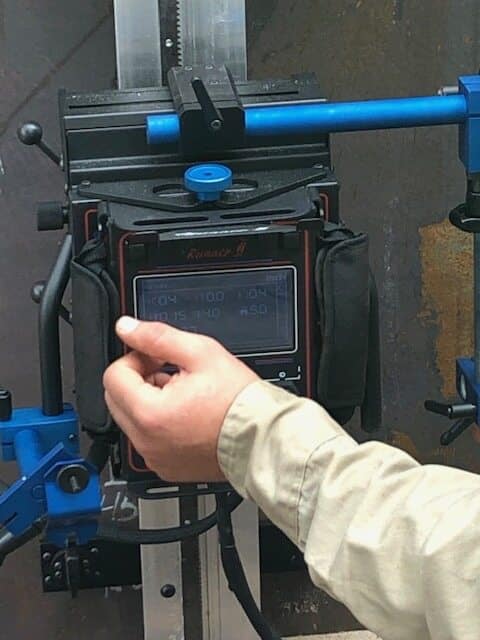 distancia del arco de soldadura, lo que reduce el riesgo de lesiones para el soldador. Además, dado que el sistema de soldadura se desplaza hacia la pieza en lugar de al revés, se reducen el tiempo y los gastos de manipulación del material, al tiempo que se mejora la seguridad en el taller.
distancia del arco de soldadura, lo que reduce el riesgo de lesiones para el soldador. Además, dado que el sistema de soldadura se desplaza hacia la pieza en lugar de al revés, se reducen el tiempo y los gastos de manipulación del material, al tiempo que se mejora la seguridad en el taller.